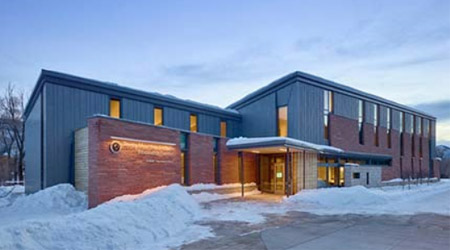
Enhanced Security for Office Buildings
November 5, 2018
A host of threats to institutional and commercial facilities has prompted facility managers to revisit their organizations’ security measures. One new resource in this effort offers opportunities for commercial office buildings.
A new web-based tool can help managers in commercial office buildings perform assessments based on the Best Practices for Anti-Terrorism Security (BPATS), according to the U.S. Department of Homeland Security. Building owners and managers seeking protections under the Support Anti-Terrorism by Fostering Effective Technologies (SAFETY) can use the tool when developing their application packages.
“BPATS will be an important part of the SAFETY Act application process,” says William Bryan, senior official performing the duties of the under secretary for science and technology. “We want commercial building owners to feel confident in the steps they need to take in getting the protections they need to secure their facilities.”
One issue that arises for building owners seeking SAFETY Act protections is the need to re-submit applications due to gaps in the review for SAFETY Act eligibility. This new online format serves to eliminate such backtracking from the application process, outlining what a building needs to accomplish to become a candidate for qualified anti-terrorism technology (QATT) status.
The preferred users of this tool are trained security professionals whose credentials will be reviewed by NIBS before gaining access to the tool. They are then trained in using the checklist to evaluate various components of building security by SAFETY Act standards, including access control, risk awareness, physical security, IT security, and more. The guide spans seven categories, 411 best practices, and approximately 60 associated common practices.
This Quick Read was submitted by Dan Hounsell — dan.hounsell@tradepressmedia.com — editor-in-chief of Facility Maintenance Decisions, and chief editor of Facilitiesnet.com.
Next
Read next on FacilitiesNet












